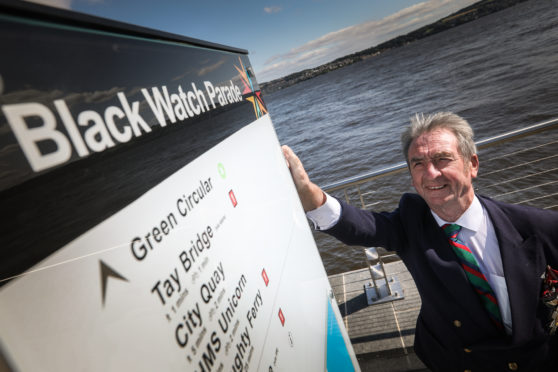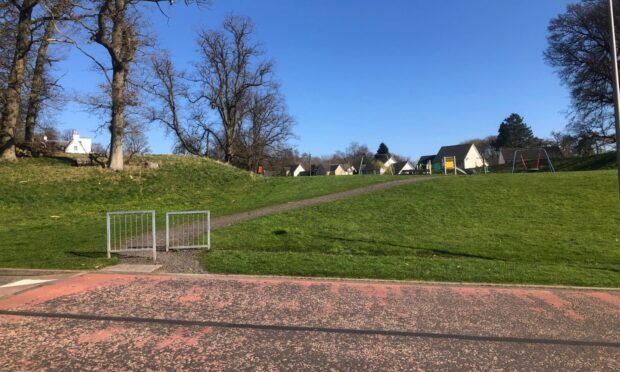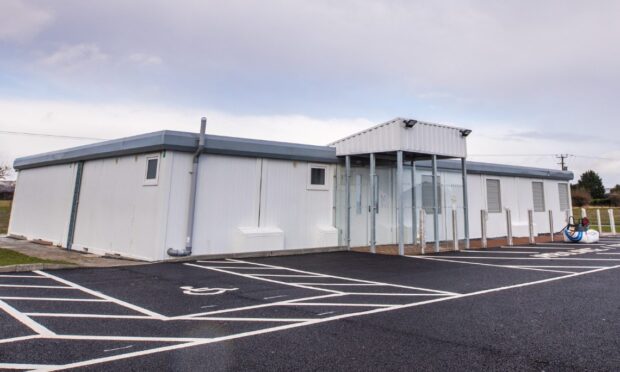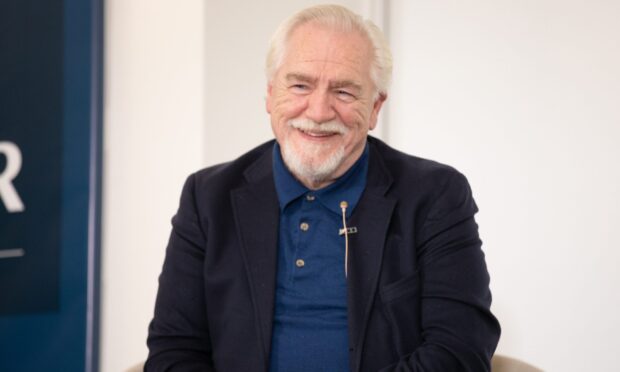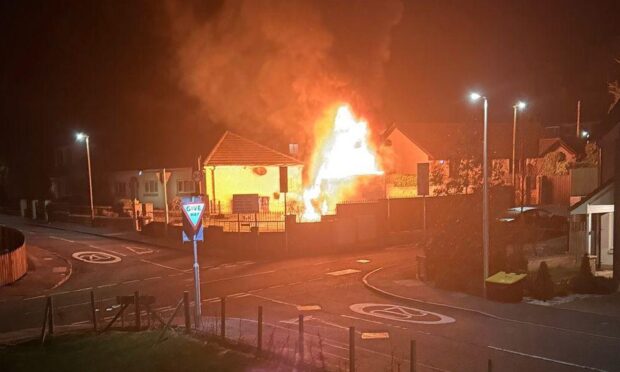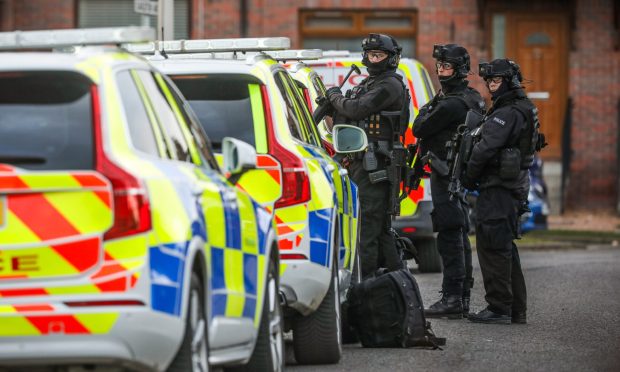A Black Watch veteran who campaigned to have a foot and cycle path named after his regiment visited Dundee waterfront on Thursday to see first-hand the results of his success.
Black Watch Parade connects Discovery Point and the V&A to the Tay Road Bridge and City Quay.
Retired Black Watch Sergeant Major Charlie Reid, 72, said the decision to name the path Black Watch Parade honours the Dundee men who fought for the Black Watch.
Although the name first revealed in 2016 following a public consultation, yesterday was the first time Mr Reid, who served in The Black Watch for 22 years, had seen the completed and fully-open pathway.
He said: “It is absolutely terrific.
“The Black Watch are now called the 3 SCOTS (the third regiment of the amalgamated Royal Regiment of Scotland) but their name will live on forever.
“They said all the streets in the Waterfront development after famous Dundonians – Mary Slessor and people like that – but the Black Watch is as famous and Dundonian as they come.”
Mr Reid has successfully campaigned for a city bus to be named after his former regiment and the Broughty Ferry resident is also planning to have another vehicle named in its honour.
He said: “My next project is to get one of the new trains that come up the east coast named after the Black Watch as they travel through Fife, Dundee and Angus, which is Black Watch country.”
Black Watch Parade also forms part the route of the National Cycle Network (Route 77) and Dundee’s recreational Green Circular Route.
It also features on a historic Maritime Trail walking route.
Work to connect it to V&A Dundee was completed in autumn last year.
The Black Watch’s history dates back to the aftermath of the 1715 Jacobite rebellion.
As the senior Highland regiment it fought in virtually of the British Army’s campaigns for the past 300 years.
Its main recruiting areas have been Fife and Tayside.
In 2006 it merged with Scotland’s other historic regiments – the Royal Scots, the King’s Own Scottish Borderers, the Royal Highland Fusiliers, The Highlanders and the Argyll and Sutherland Highlanders – to form the Royal Regiment of Scotland.
